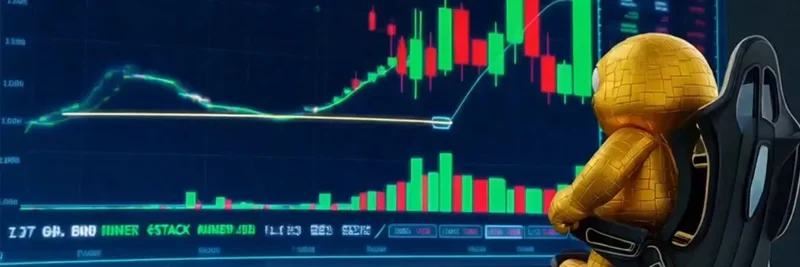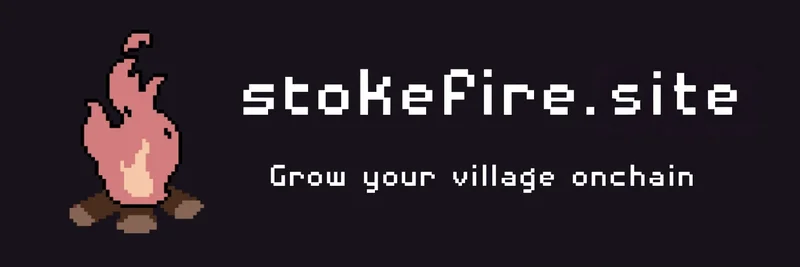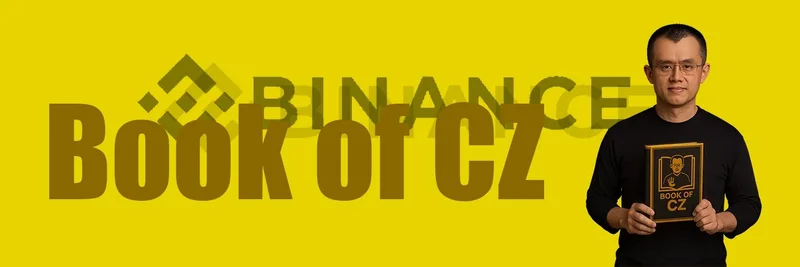Hey there, crypto enthusiasts! If you’ve been keeping an eye on the latest buzz on X, you might have stumbled across a thought-provoking post by sassal.eth/acc that’s got everyone talking. This tweet, shared on July 28, 2025, at 00:56 UTC, highlights a critical issue in the crypto world: economic security. It references a detailed thread by ddadybayo about Monero facing an economic attack, urging everyone to rethink the idea that “economic security is a meme.” Let’s break it down and explore why this matters for both Monero and Ethereum, and what it means for the future of blockchain.
What’s the Buzz About?
The tweet points to a thread that reveals Monero, a privacy-focused cryptocurrency, is under threat—not from a technical hack, but from an economic strategy. A mining pool called Qubic, led by Sergey Ivancheglo (co-founder of IOTA), is allegedly buying up hashpower by offering better rewards. This could give them over 51% control of Monero’s network, a scenario known as a 51% attack. Unlike traditional attacks that exploit code bugs, this one uses incentives to lure miners, showing how economic factors can undermine even the strongest cryptography.
Sassal, a well-known voice in the Ethereum community, jumps in to say this proves economic security isn’t a joke. He suggests Ethereum’s design choices, which prioritize economic incentives, are a smart move to avoid similar pitfalls. If you’re new to this, economic security refers to how a blockchain’s incentives (like mining rewards or staking) protect it from attacks. It’s less about the math and more about the money motivating people to keep the network safe.
Monero’s Economic Challenge
So, what’s happening with Monero? The thread explains that Qubic is paying miners in its own token ($QUBIC) instead of Monero’s ($XMR). They then sell the mined XMR, use the profits to buy and burn $QUBIC, which pumps its price. This cycle attracts more miners to Qubic, increasing its control. The kicker? This could be done for as little as $7,000–$10,000 a day, a bargain compared to Monero’s $130,000 daily security budget.
This is a wake-up call. Monero’s strength lies in its privacy features and CPU-friendly RandomX algorithm, but its economic structure—fixed block rewards and low fees—makes it vulnerable. If Qubic hits 51% control, they could orphan blocks, delay transactions, or even force protocol changes. The community is fighting back with measures like requiring 13 confirmations for transactions and pushing for decentralized mining via P2Pool, but the threat is real.
Ethereum’s Economic Edge
On the flip side, Ethereum’s approach offers a contrast. By transitioning to Proof of Stake (PoS) with the Ethereum Merge in 2022, Ethereum aligned its security with the economic interests of stakers—people who lock up their ETH to secure the network. This reduces the risk of 51% attacks, as attackers would need to control a majority of staked ETH, a much costlier proposition than renting hashpower.
Sassal’s point is that Ethereum’s optimization for economic security makes it more resilient. Stakers have a vested interest in protecting the network because their own assets are at stake. This isn’t to say Ethereum is immune—slashing risks (penalties for misbehavior) still loom—but it’s a step ahead of Proof of Work (PoW) systems like Monero, where miners can switch allegiances for a better payout.
Why Should You Care?
This isn’t just a Monero problem—it’s a lesson for all PoW networks. Strong cryptography can be undone by weak economics. If privacy coins like Monero fall to such attacks, it could shake trust in the entire privacy stack. For meme token enthusiasts at Meme Insider, this is a reminder that even fun projects need solid foundations. Economic security ensures your favorite dog-themed coin isn’t taken down by a well-funded pool.
For blockchain practitioners, this highlights the need for incentive-aligned designs. Whether you’re building a new token or diving into trading, understanding these dynamics can give you an edge. The Monero saga shows that decentralization is an ongoing battle, not a one-time setup.
What’s Next?
The Monero community is rallying with hard fork discussions and awareness campaigns, but the coming weeks will test their resilience. Meanwhile, Ethereum’s model offers a blueprint for others. As a reader, you can stay informed by following threads like this on X and exploring resources on Meme Insider for the latest in blockchain tech.
Economic security might sound dry, but it’s the backbone of crypto’s future. So, next time someone calls it a meme, point them to this story—it’s a game-changer worth watching!




